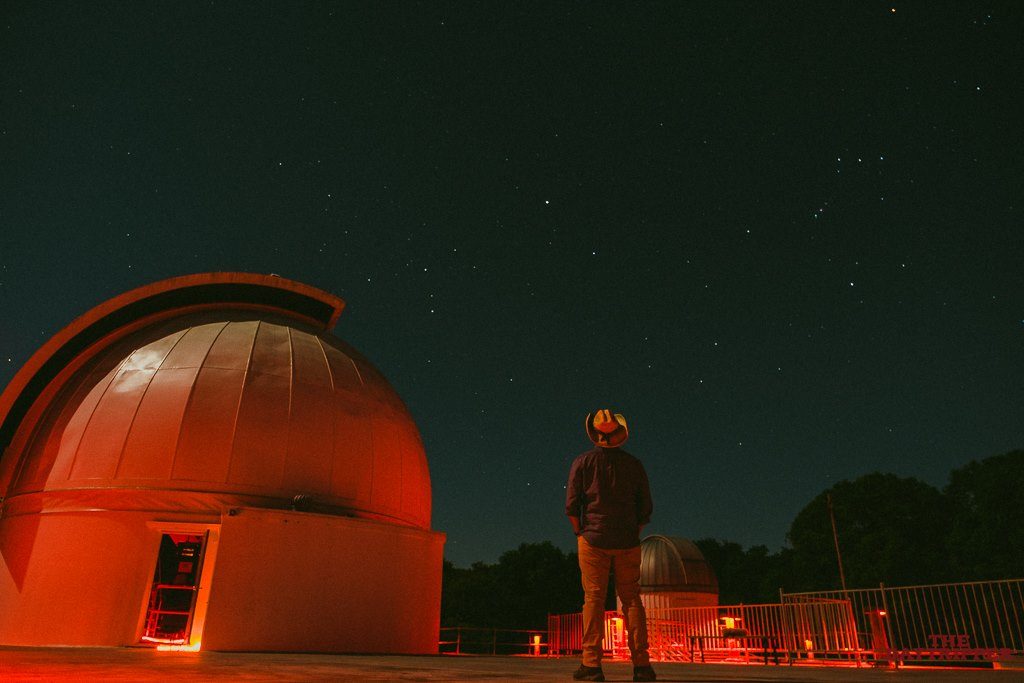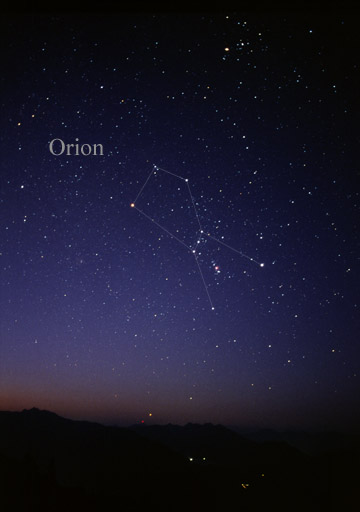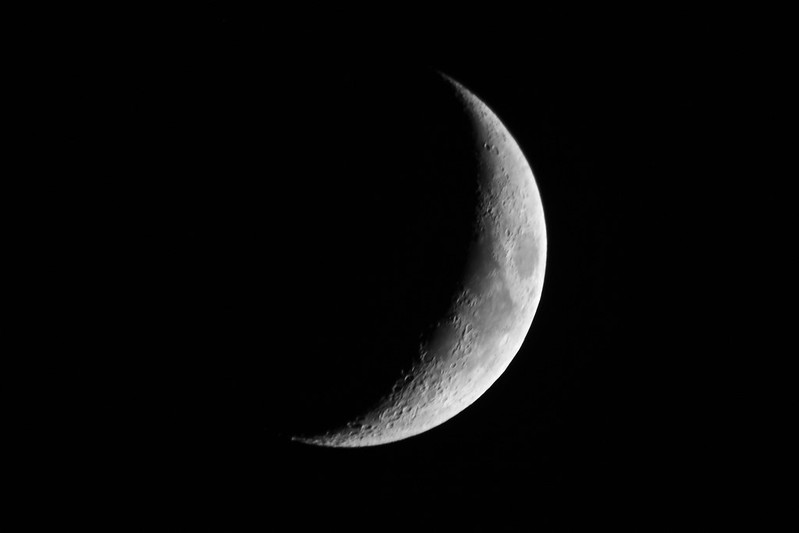
Venus is even higher in the evening sky this month. Look in the west at dusk for the brightest thing there.
Mercury makes a rare appearance in the evening sky this month. For the first half of February, look for it low to the western horizon right at dusk, directly under Venus.
Mars is higher in the morning sky each day this month. Look low in the southeast at dawn.
Jupiter is slightly higher the morning sky each day this month. Look low in the southeast at dawn, especially towards the end of the month.
Saturn emerges into the morning sky this month. Look to the lower left of Jupiter. Right now Saturn rises in twilight, but it’ll rise in darker skies by the end of the month.

Taurus, the Bull is high in the south. Look for the Pleiades star cluster above reddish Aldebaran. Dazzling Orion, the Hunter takes center stage on winter evenings. Surrounding Orion are the brilliant stars of winter. Orion’s belt points down to Sirius, the Dog Star, which outshines all other stars we ever see at night. The Little Dog Star, Procyon, rises with Sirius and is level with Orion’s shoulder as they swing towards the south. To the upper left of Orion’s shoulder is Gemini, the Twins.
Under Sirius and low to the southern horizon this month is a star that most Americans never get to see—Canopus. Representing the bottom (keel) of the legendary ship Argo, Canopus is the second brightest star ever visible at night. Thus, it is clearly noticeable along the southern horizon on February and March evenings. However, you must be south of 37 degrees north to see Canopus rise. (This is the line that divides Utah, Colorado, and Kansas from Arizona, New Mexico, and Oklahoma.)

Moon Phases in February 2020:
1st Quarter Feb. 1, 7:42 p.m.
Full Feb. 9, 1:33 a.m.
Last Quarter Feb. 15, 4:17 p.m.
New Feb. 23, 9:32 a.m.
On Tuesday morning, February 18, the waning crescent Moon passes in front of and actually occults (blocks) Mars. In Houston, we’ll see Mars disappear behind the Moons’ illuminated crescent at 5:48. The Moon takes one hour, 27 minutes to pass in front of Mars, allowing Mars to reappear from behind the Moon’s unlit side by 7:15. By then, though, the Sun will have risen, so you’ll need a telescope to see Mars reappear against the daylight sky.

Photo Credit: Wendy
If you’re not in Houston, you can find times for disappearance and reappearance here. You can observe this from your backyard if skies are clear on the morning of the 18th.
We often learn that the year is 365 days long, but it’s actually a little more complex. Earth’s revolution around the Sun (year) in fact does not work out to an even number of rotations on its axis (days). The year is actually closer to (but not exactly) 365.25 days long. Most years are 0.25 days too short! To fix this, we wait four years until the error adds up to one day, then add that day to the year. In 2020, we correct the ¼ day error in the year by adding February 29.
Clear Skies!



